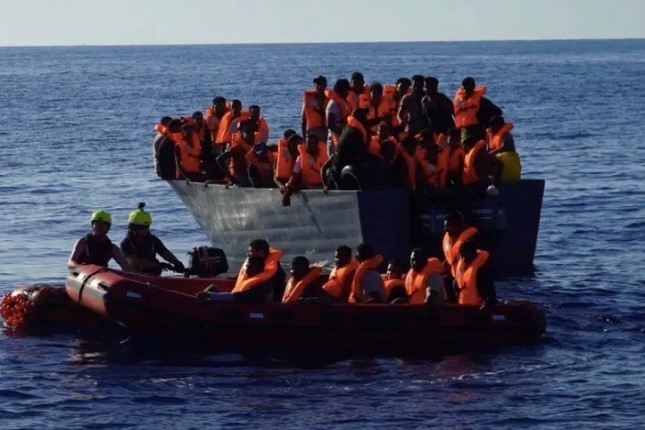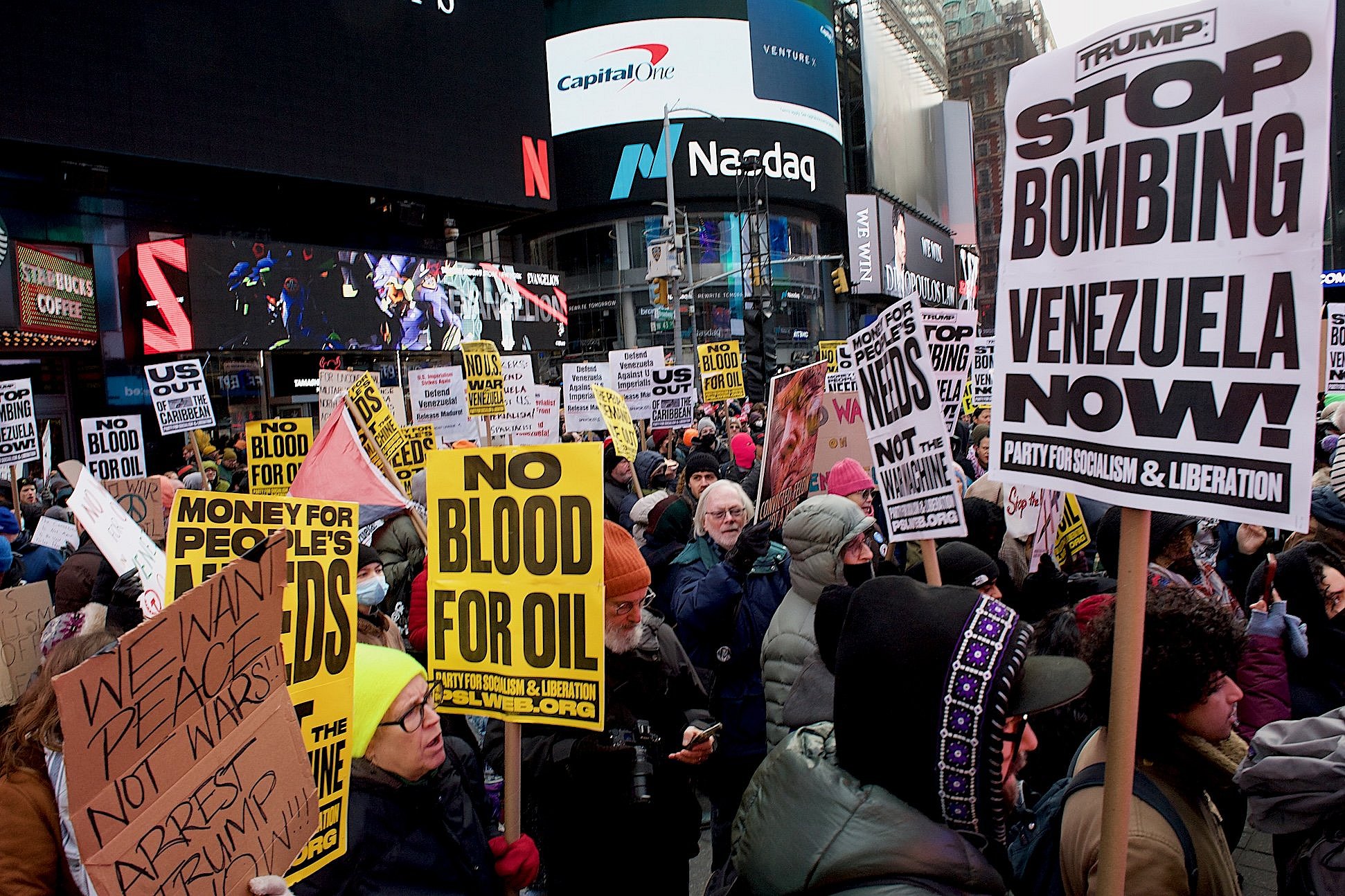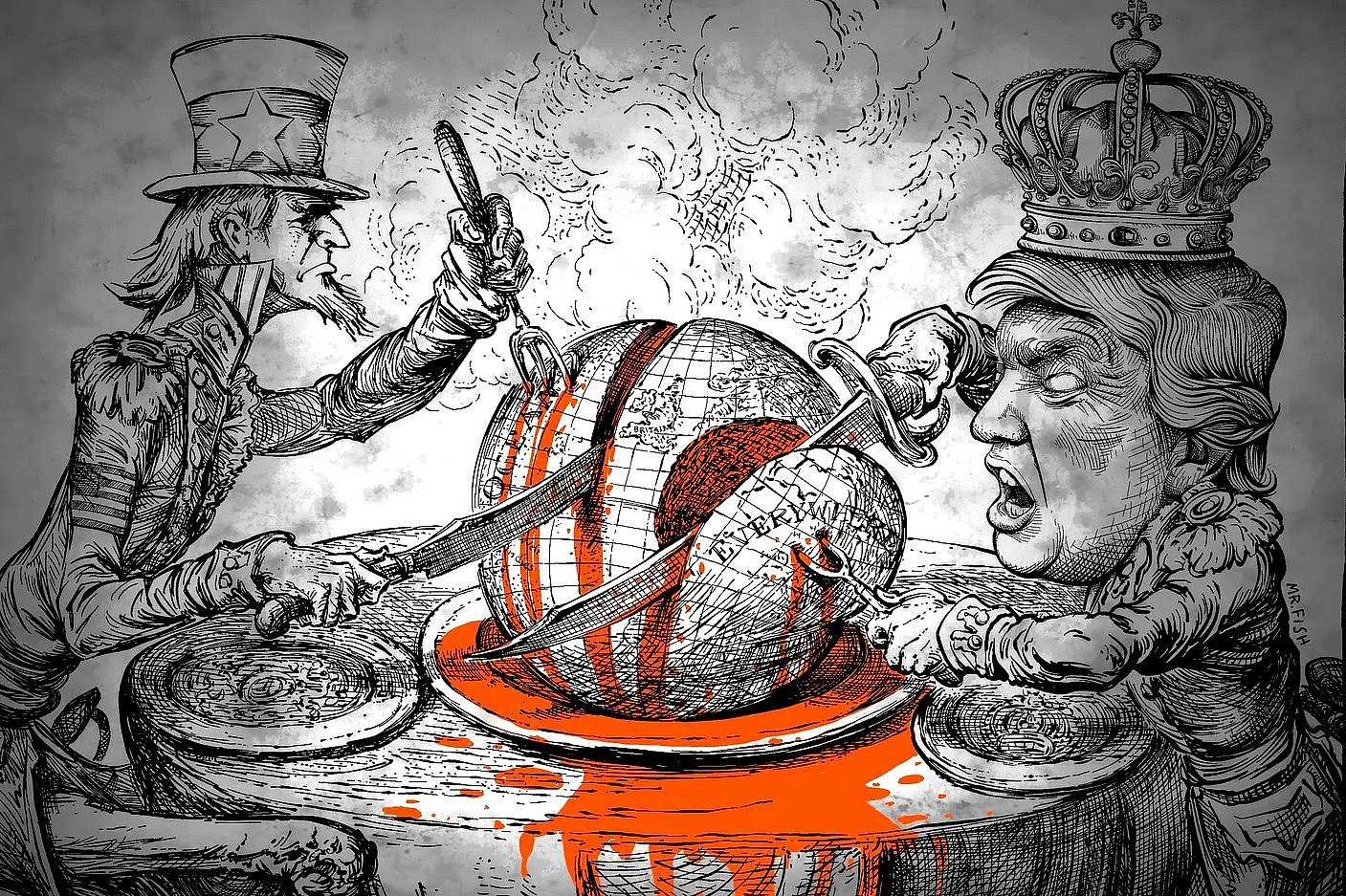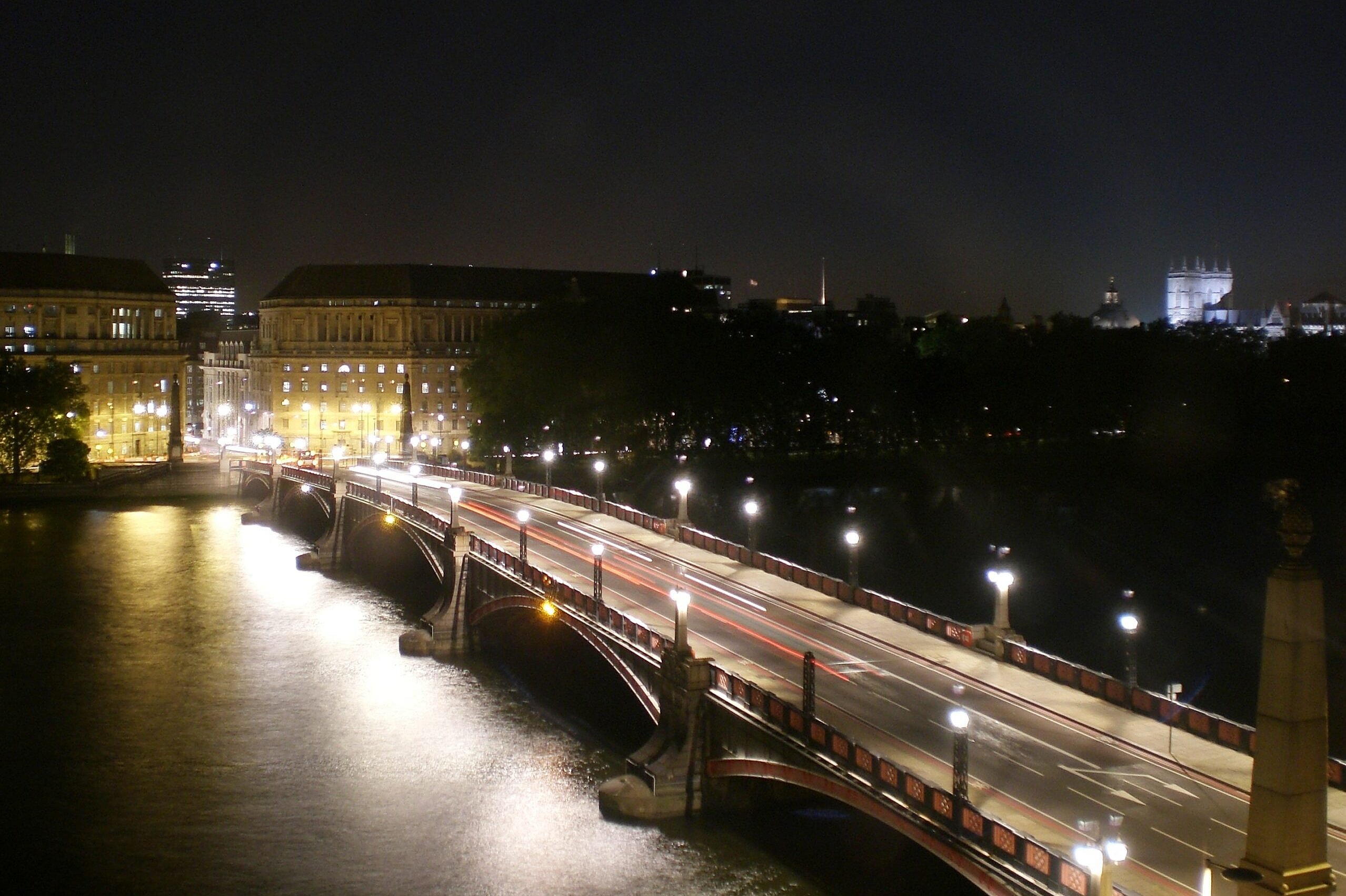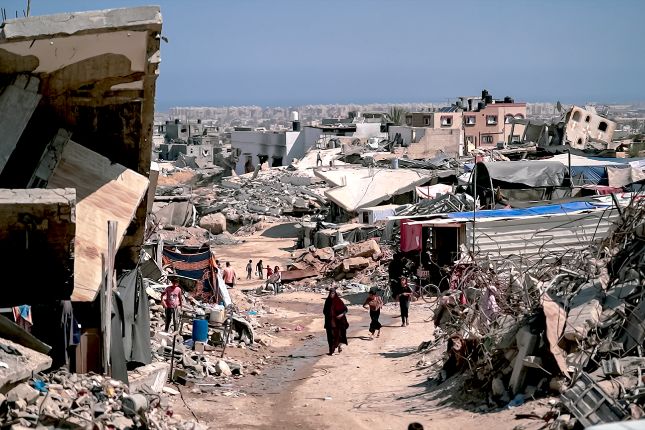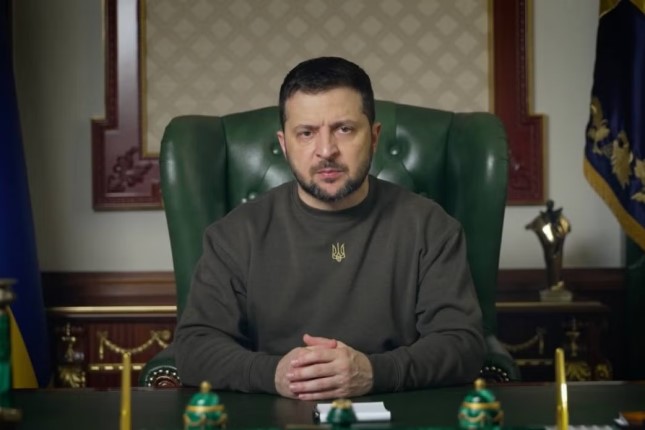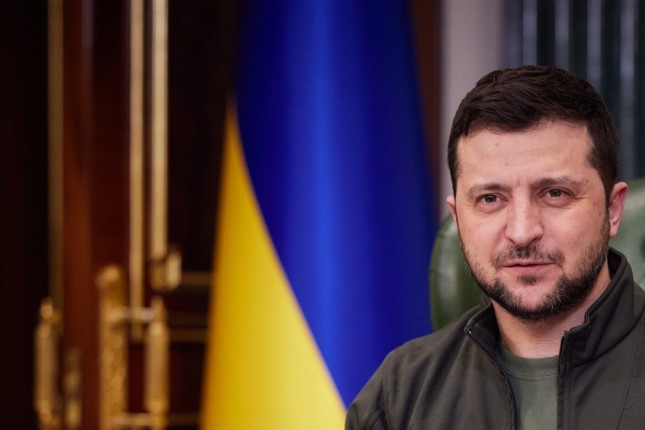Those who survive the perilous sea crossing often face harassment by a web of agencies in European countries
Over 2,500 people died or went missing while trying to cross the Mediterranean Sea to reach Europe by September this year, stated the UN High Commissioner for Refugees (UNHCR), a huge jump from last year’s figure from the same period of 1,680.
UNHCR Director Ruven Menikdiwela told the UN Security Council in a briefing on Thursday, September 28, that despite the increased number of deaths and accidents, migrants inflow into Europe did not slow down and there is no reason to believe that it will in the near future.
Menikdiwela claimed that at least 186,000 reached Europe through the Mediterranean in the same period.
Almost 83% of all those who landed in Europe — 130,000 — landed in Italy, with the rest distributed between various other coastal European countries such as Greece and Spain.
UNHCR reiterated how the land route usually taken by migrants and refugees to reach the sea through Sub-Saharan Africa and the sea crossing points in Libya and Tunisia remain extremely dangerous due to wars and local conflicts in the region.
According to Menikdiwela, more migrants lose their lives on land, “away from public attention.”
Menikdiwela also reported that more than 100,000 went via Tunisia to cross the Mediterranean this year, which is a 260% increase from the last year. In comparison, around 45,000 people did the same from Libya.
According to Pär Liljert, director of the International Organization of Migration (IOM), the total number of dead or missing in the Mediterranean sea between January to September this year was 2,778. This is slightly higher than the figure presented by the UNHCR. IOM claims that of the total, 2,093 died in the Central Mediterranean alone, which is the world’s deadliest sea route.
More than 28,105 migrants have either gone missing or died in the Mediterranean since 2014, according to the IOM.
EU’s inhumane border control policy
Most of the migrants die when their small, often inadequate or overcrowded boats meet with accidents in the sea with very little or no rescue and relief available. Some of the boats also drown due to confrontation with European border control.
The European Union has adopted a strict and multi-layered border control policy to prevent the inflow of migrants. It has its own Frontex agency which is involved in patrolling in addition to the coast guards of individual countries. The EU has also signed border control deals with countries like Libya and Tunisia.
All these agencies use various methods to discourage migrants. They often harass boats filled with migrants, threaten them, turn them or push them back to the sea if they somehow reach the coast. In some cases when the migrants are able to land, they are harassed and kept in open prisons. NGOs involved in relief and rescue work have also accused Frontex of preventing their work in some cases.
A UN report earlier this year had blamed the EU for directly or indirectly being involved in war crimes in Libya, related to the abduction and illegal confinement of migrants and refugees there by various non-state actors.
Photo: Rebecca Berker / ROPI / picture alliance.
Source: Peoples Dispatch.
